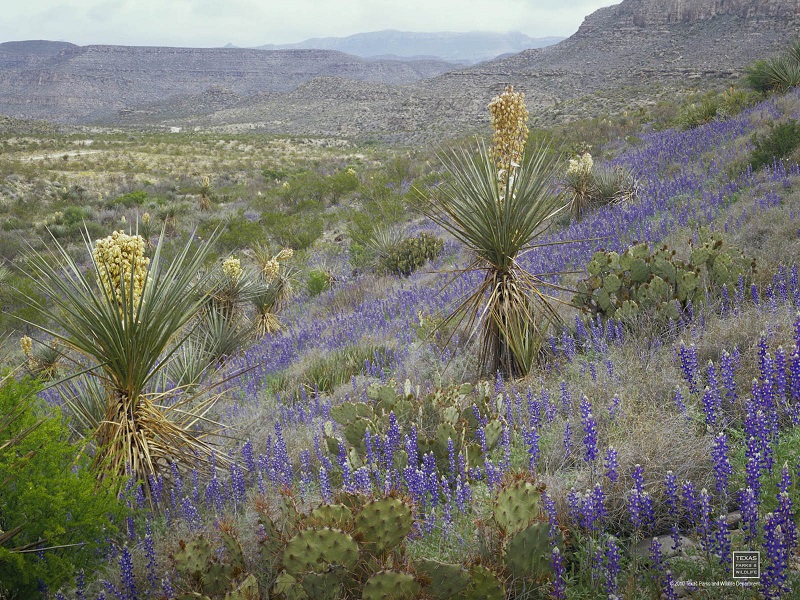Introducing Mule Deer to their New Home
This is Passport to Texas
Shawn Gray oversees the mule deer restoration program for Texas Parks and Wildlife. Over the past two years, with the help of partners, the program identified available surplus animals on public and private land and moved them to Black Gap Wildlife Management Area.
We have moved over two hundred female mule deer.
Gray says the program radio collars 30 to 40 percent of the animals before release.
Some captured deer had a “soft release” which involved keeping them in a fenced area for a couple of weeks allowing them to acclimate to their surroundings. Then, when freed…
They don’t go as far; they tend to stay where you released them.
Other deer had a “hard release”. They were let out of the trailers and allowed to immediately run free.
We have seen one or two of our [radio collared] translocated animals go back to where they were captured. Those were the ones that were hard released. The animals that we have soft released, we have not observed them going back to their home. We’ve observed them doing a lot of exploratory type movements. Figuring out their new home. But for the most part, those animals are staying in and around Black Gap Wildlife management Area.
Which makes all the hard work, planning and coordination worth it.
The Wildlife Restoration Program supports our series.
For Texas Parks and Wildlife, I’m Cecilia Nasti.



 Passport to Texas is a
Passport to Texas is a  Passport to Texas is made available by:
Passport to Texas is made available by: